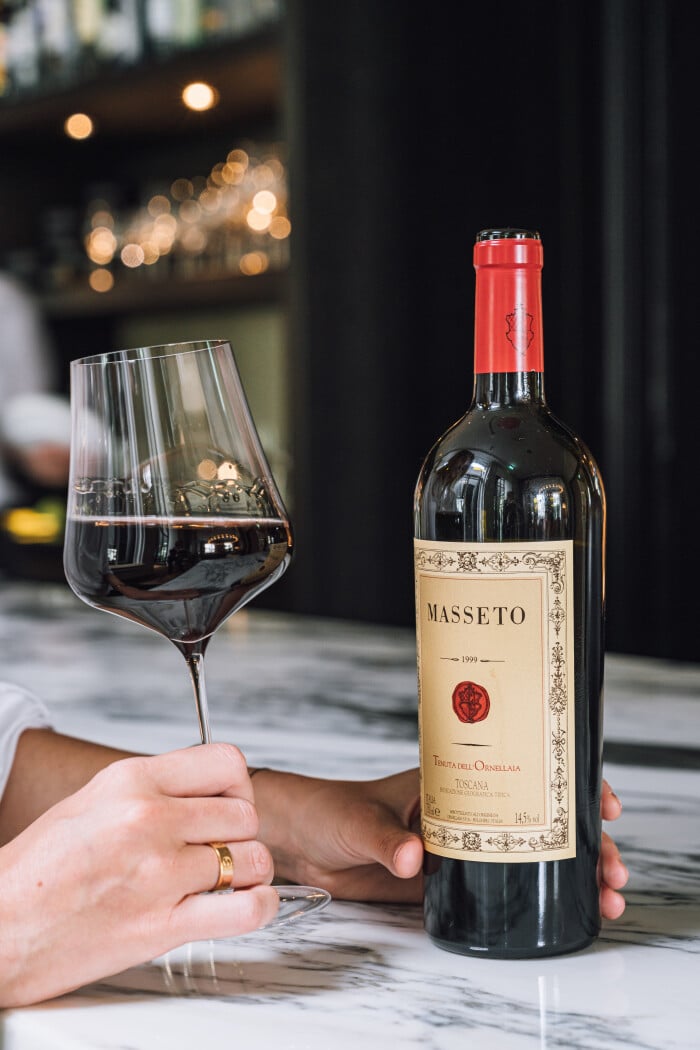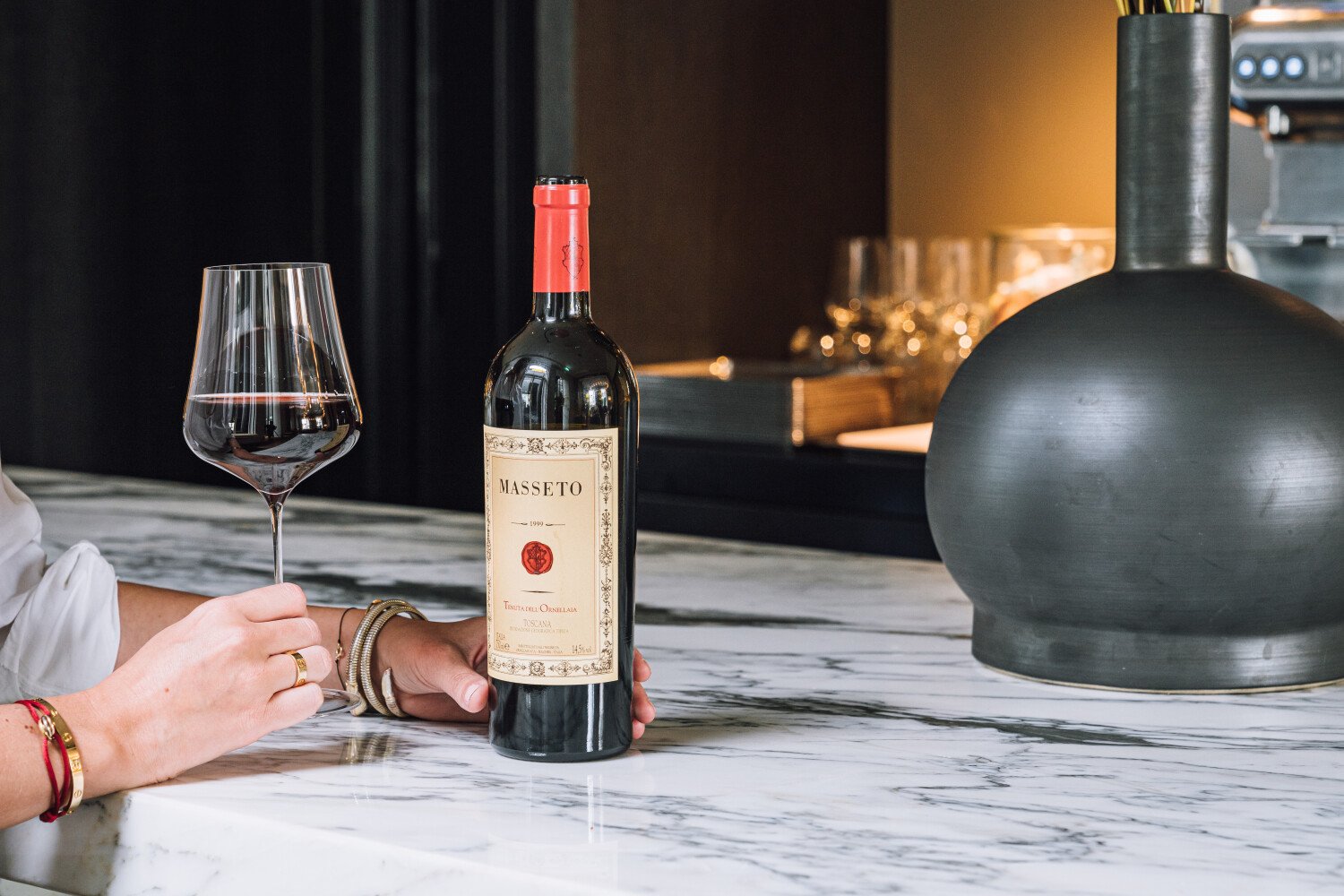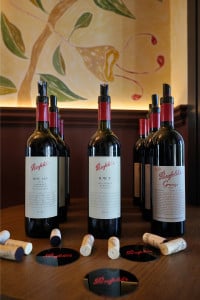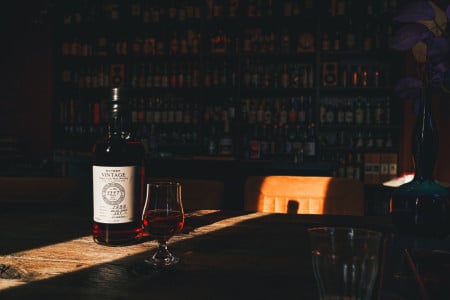Masseto is without doubt one of the most beautiful Merlots in the world. Since the first vintage in 1987, this wine has gathered a large following of fans. Do you want to know more about how this cult wine is made and how long you can keep it? You will find out all of that and more in this blog.
1. What is the meaning of ‘Masseto’?
The famous Russian-American winemaker André Tchelistcheff was one of the first to recognize the unique terroir of the Masseto plot. He pinpointed this hill of almost 7 hectares with blue clay soil as the perfect place for Merlot. The layers of clay are rock-hard in some places, and they look like solid boulders. The Italian name for rock is masso. So, the name Masseto refers to this specific plot!
2. Wat else makes the Masseto terroir so special?
Besides the hill with the distinctive blue clay soil, there is another element that is an essential factor in the terroir of Masseto; the Tyrrhenian Sea. It is only 10 kilometers away from the vineyards. In summer, the water reflects the sunrays, which indirectly gives the vines even more sun. On top of that, the sea provides a subtle, but cooling breeze. The tempering effect of the breeze causes the ripening process to slow down and take longer, resulting in the perfect balance between tannins and acidity.
The vines are planted on a seabed that is millions of years old and full of minerals and fossils. The vineyards are divided over three sub-plots: Junior, Centrale, and Alto. Each plot has its own characteristics and together they form the unique character of the Masseto wine. The Alto vineyard is the highest vineyard and consists of blue clay, sand, and pebbles. The central part of the hill has the biggest share of blue pliocene clay. This plot makes Masseto so characteristically strong and concentrated and this is considered the most important part of the blend…
All these components together grant Masseto its unparalleled quality. And in Masseto’s own words: “Above, around, and below; sea. Without it, Masseto would not exist.”
3. How is Masseto made?
“Making Masseto is a balancing act, one feels like a tightrope dancer always on the edge of a precipice.” – Axel Heinz (Estate Director)
The vinification process is described by Axel as an adventure and an ongoing discovery all at once. At first, not everyone was convinced of the potential of Masseto's terroir. The soil on the hill is challenging; it takes precision and expertise to grow high-quality vines on this soil. In autumn, the blue clay is cold and wet, but in summer it is the opposite, the soil is very hard and dry. So, proper vineyard management is of the essence.
The harvest is carried out in several rounds, starting at the end of August and sometimes lasting until the first week of October. After the grapes are manually de-stemmed, the grapes are selected for quality once more and then gently crushed. After this, the fermentation starts in concrete tanks, which takes an average of 21-28 days. The juice is then transferred to 100% new barriques, where the malolactic conversion and maturation take place. At this stage of the process, all rounds of harvest are still treated separately. After 12 months of maturation, the different wines are blended together and then returned to the barrel for another 24 months of barrel aging. The final stage of the vinification process is 12 months of bottle aging.







